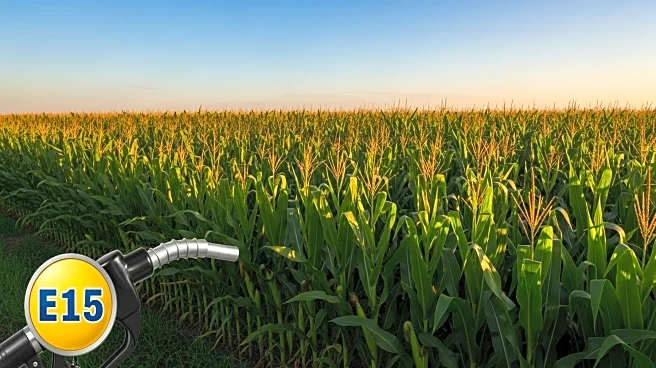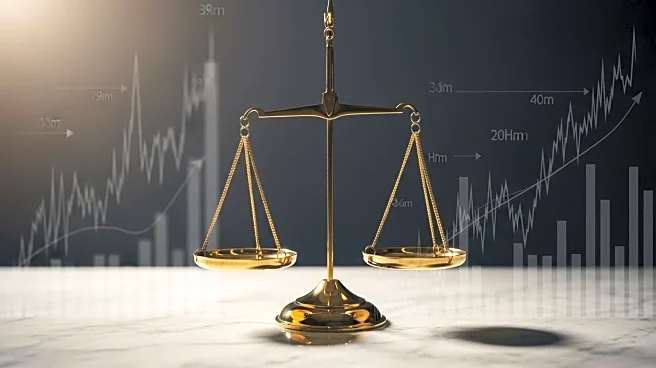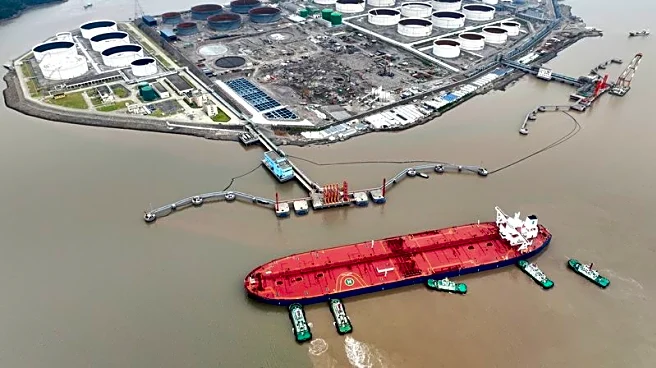What's Happening?
A new analysis suggests that structural factors are setting the stage for the next commodities super cycle, driven by supply vulnerabilities and strong demand trends. The report highlights extreme geographic concentration in commodity production, with significant portions of global copper and iron ore sourced from a few countries. This concentration poses risks, as geopolitical leverage can affect supply. Additionally, declining ore grades and high capital costs are constraining future supply. On the demand side, electrification and decarbonization efforts are increasing metal demand, particularly for copper, which is essential for electric vehicles and renewable energy systems.
Why It's Important?
The potential commodities super cycle could have significant implications for global markets, particularly in the U.S. As demand for metals like copper increases, industries related to electrification and renewable energy may face supply challenges, impacting production costs and timelines. Investors may turn to commodities as a hedge against inflation, given their undervaluation compared to other asset classes. This shift could influence investment strategies and economic policies, as commodities play a crucial role in infrastructure and technological advancements.
What's Next?
The onset of a commodities super cycle could lead to increased investment in mining and exploration to address supply constraints. Policymakers may need to consider measures to ensure stable supply chains and mitigate geopolitical risks. The cycle's duration will depend on technological breakthroughs and policy interventions, which could alter demand dynamics and market conditions.
Beyond the Headlines
The analysis highlights the ethical and environmental considerations of increased mining activities, including the impact on local communities and ecosystems. As demand for metals grows, companies may face pressure to adopt sustainable practices and reduce their environmental footprint.











